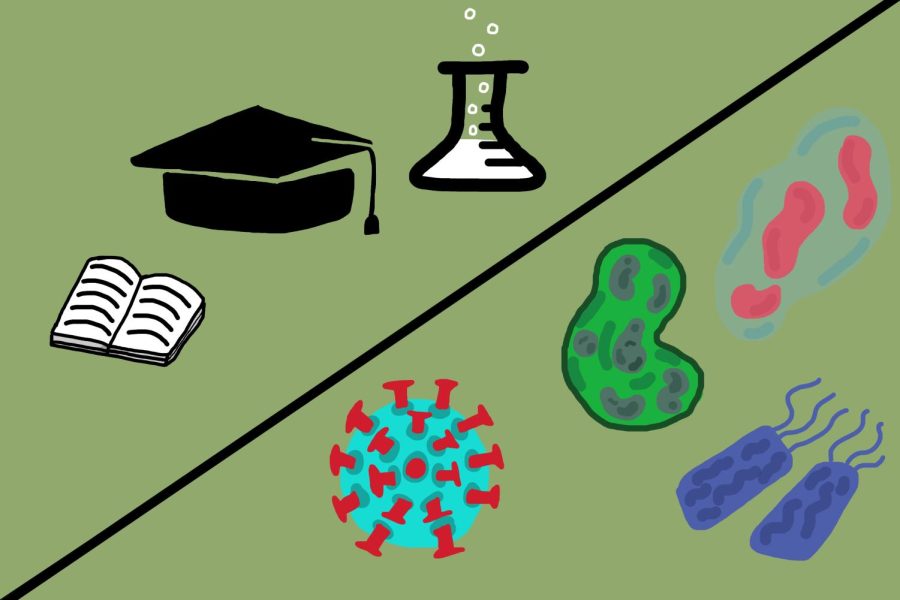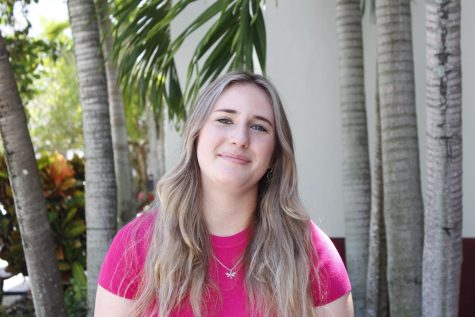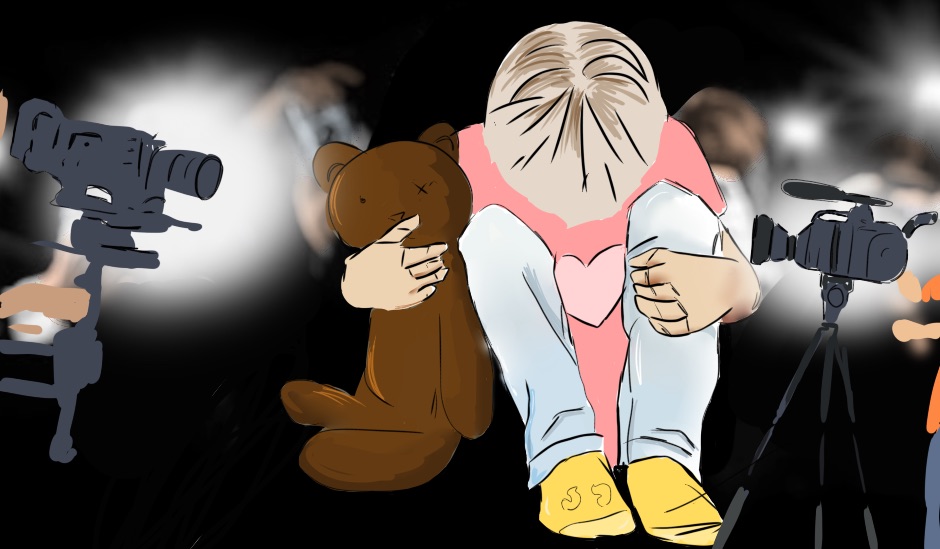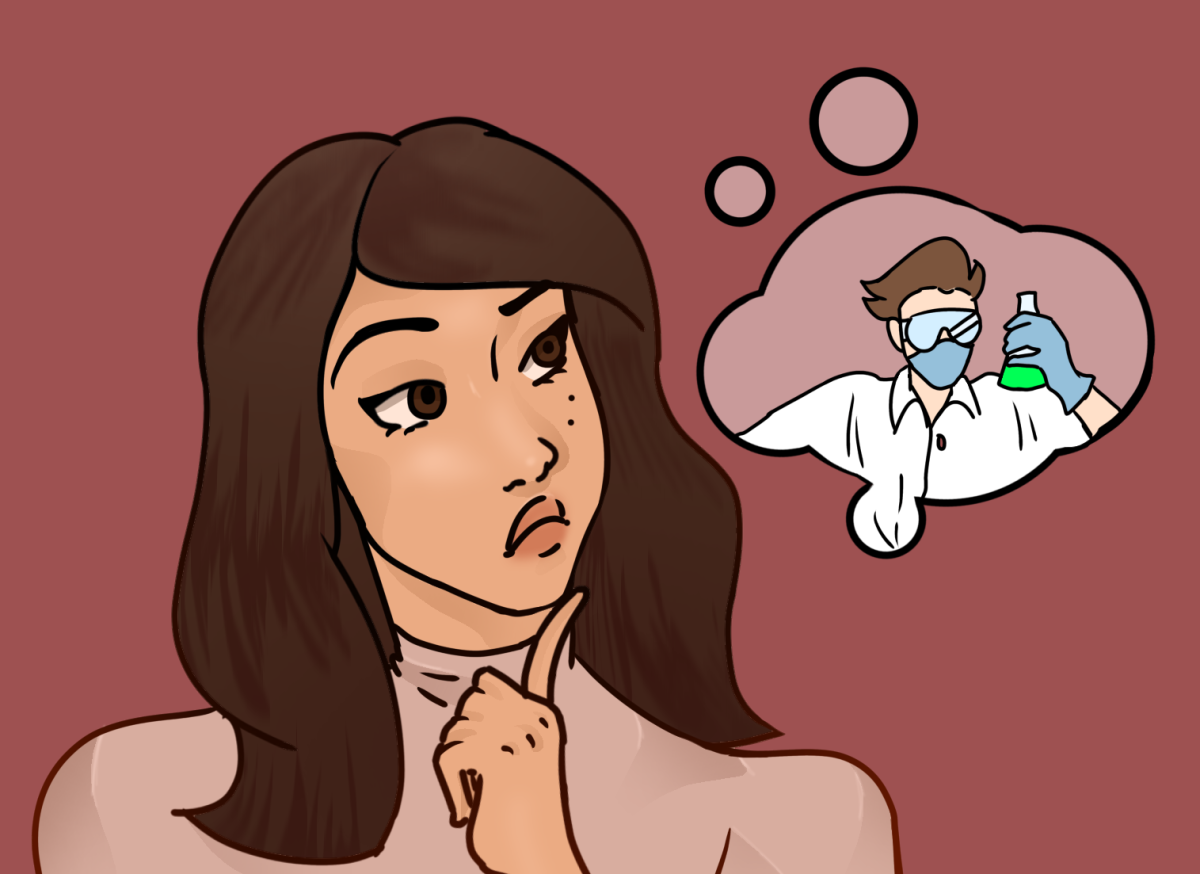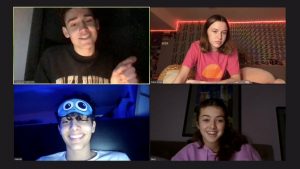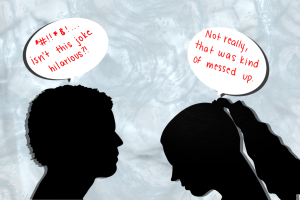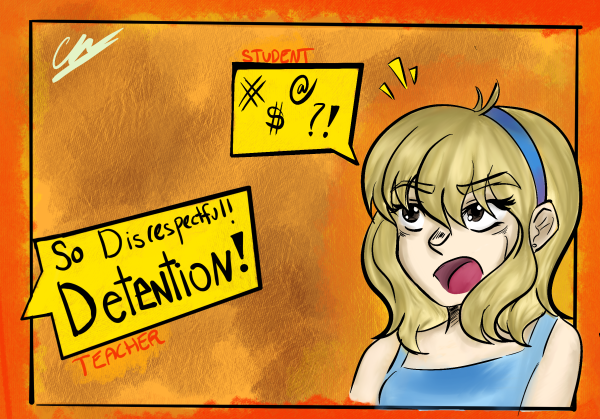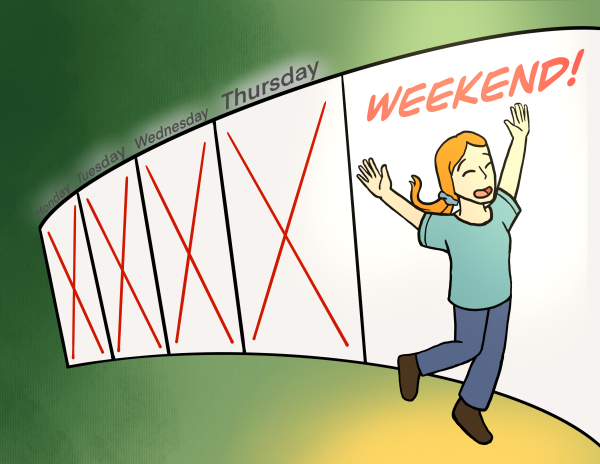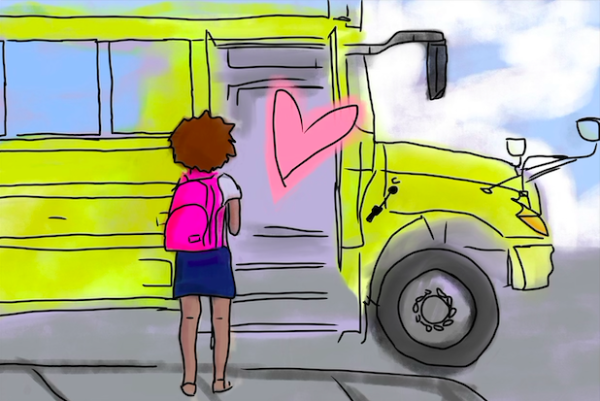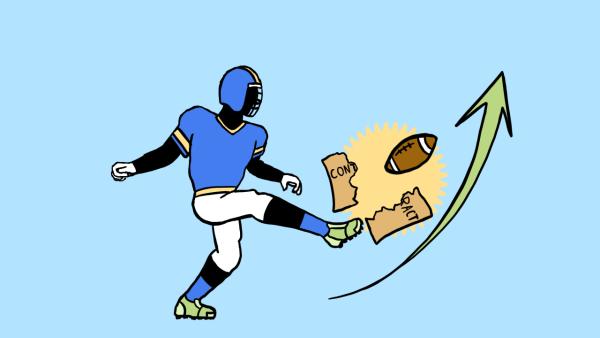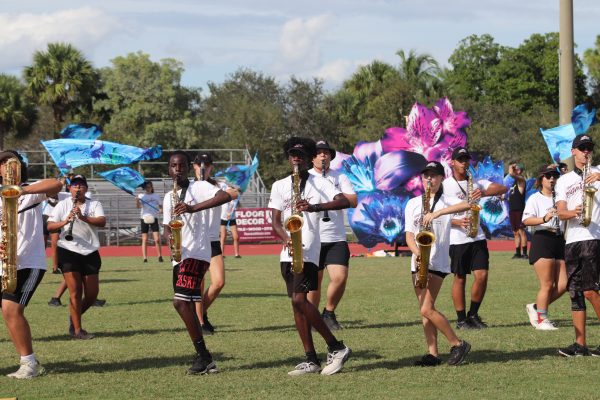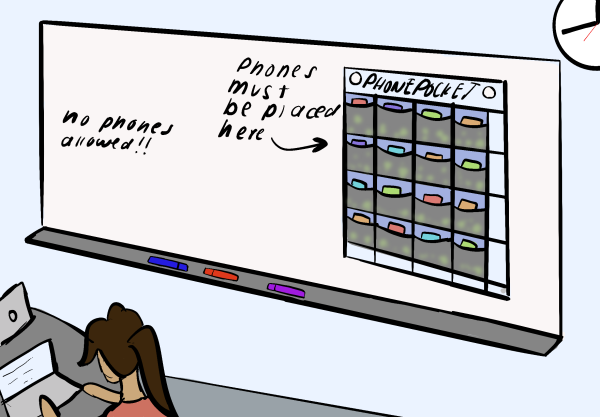[Opinion] Not enough is being done to help students learn missed information post pandemic
Covid-19 got in the way of students education and the traditional way of learning. Creating more distractions, students to had more learning gaps that weren’t covered up.
October 28, 2022
As the 2022-2023 school year comes into full swing with in-person classes and extracurriculars, it can be easy to forget the mark that the Covid-19 pandemic left on our nation’s school systems. Classes were shifted online overnight, forcing students and teachers alike to adapt to the new normal of learning and teaching from behind a screen.
Today, for the majority of students across the U.S., their schools have shifted back to the way they were before the pandemic: no masks, no online classes and no physical distancing. There are some normal aspects of school again, but as we reach the two-year mark of the initial wave of Covid-19 induced school shutdowns, academic normalcy remains out of reach for many students, educators, and parents.
The Covid-19 induced remote learning environment was challenging for many students. Learning from behind a screen instead of sitting in a class was an entirely different environment and many students suffered academically, whereas others thrived off of rampant cheating. With no real supervision, students had the ability to be distracted by a wide range of things. This was especially true with elementary school students who were forced to learn through a computer instead of being able to interact with their peers and experience hands-on learning.
Student test scores in all grades declined across the country, particularly in math, and not one state saw an increase, according to the most comprehensive look at the impact of the pandemic on student achievement to date.
Declines were seen among high- and lower-performing students alike, for both fourth and eighth graders in math and reading. Overall, scores fell to levels not seen in the past two decades. The average test score for Cleveland fourth-graders plummeted 15 points in math and 16 points in reading. For eighth-graders, the drops were eight points in math and seven in reading.
A 2021 analysis conducted by McKinsey & Company , a global management consulting firm, shows that the impact of the pandemic on K–12 student learning was significant, leaving students on average five months behind in mathematics and four months behind in reading by the end of the school year.
The term “unfinished learning” captures the reality that students were not given the opportunity this year to complete all the learning they would have completed in a typical year. Some students who have disengaged from school altogether may have slipped backward, losing knowledge or skills they once had. The majority simply learned less than they would have in a typical year, but this is nonetheless important.
Students who move on to the next grade unprepared are missing key building blocks of knowledge, while students who repeat a year are much less likely to complete high school and move on to college. And it is not just academic knowledge these students may miss out on;they are at risk of finishing school without the skills, behaviors and mindsets to succeed in college or in the workforce.
Students learned way less when they were remote than they would have learned in a typical year. Most schools had little to no experience with remote instruction when the pandemic began; they lacked teacher training, appropriate software, laptops, universal internet access and, in many cases, students lacked stability and a supportive adult at home to help.
Thomas Kane, a researcher for the Center for Education Policy Research at Harvard University, has been on a mission to quantify how much information students missed due to the pandemic. He uncovered that even students who spent the least amount of time learning remotely during the 2020-21 school year — just a month or less — missed the equivalent of seven to 10 weeks of math learning.
Worse off, the pandemic widened preexisting opportunities and achievement gaps, hitting historically disadvantaged students hardest. In math, students in majority Black schools ended the year with six months of unfinished learning, students in low-income schools with seven. High schoolers have become more likely to drop out of school, and high school seniors, especially those from low-income families, are less likely to go on to postsecondary education.
High-poverty schools spent about 5.5 more weeks in remote instruction during the 2020-21 school year than low- and mid-poverty schools, the report says. Researchers also found a higher incidence of remote schooling for Black and Hispanic students.
Second, in high-poverty schools that stayed remote for the majority of the 2020-21 school year, students missed the equivalent of 22 weeks of in-person math learning. That is more than half of a traditional school year which would be roughly 36-40 weeks.
By contrast, students in similarly remote, low-poverty schools missed considerably less learning: roughly 13 weeks. Closing this gap could take years.
“It’s very disconcerting,” Sharon Contreras, the superintendent of North Carolina’s third-largest district, in Guilford County said. “Because we know that the students who are most vulnerable saw the most amount of learning loss, and they were already behind.”
Students in high-poverty schools miss more learning while remote due to a variety of reasons. The U.S. Government Accountability Office surveyed more than 2,800 teachers to understand this phenomenon. They learned that students in high-poverty schools were more likely to lack a workspace and internet at home, and were less likely to have an adult there to help. Many older students disengaged because the pandemic forced them to become caretakers, or to get jobs.
Making matters worse, high-poverty students were also more likely to experience food insecurity, homelessness and the loss of a loved one to Covid-19.
“These gaps are not new,” Becky Pringle, the head of the National Education Association said in a 2022 NPR article. “We know that there are racial and social and economic injustices that exist in every system. What the pandemic did was just like the pandemic did with everything: It just made it worse.”
While the pandemic has set many students behind, it does not mean that they can never catch up. There are several things that parents, students, teachers, and school systems can do to ensure that the children are where they need to be academically.
Some schools are already spending big chunks of their approximately $190 billion in pandemic relief money on a range of strategies from after school programs to cutting class size.
However, there is not one catch-up strategy that can possibly benefit all students. Instead, schools should implement a variety of tools to help students. For one, schools can offer tutoring programs where older students can help younger students with their courses or ensure that teachers have available time before and after school for students to come with questions.
Additionally, teachers can briefly go over certain missed topics from the previous years to ensure that students are staying up to date.
While for many the pandemic is now in the rear view, education has been changed in a major way. In order to get students back on the right track, it is important to make sure that teachers, parents, and the school system come together to find a solution that works for everyone.

